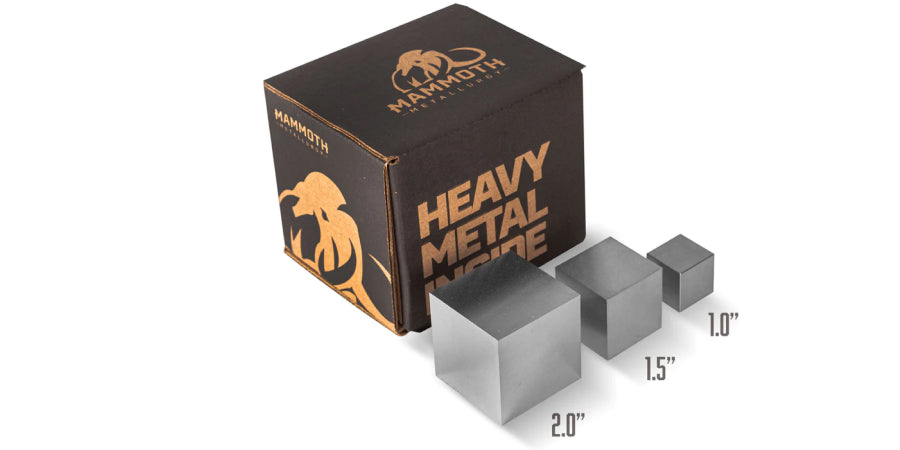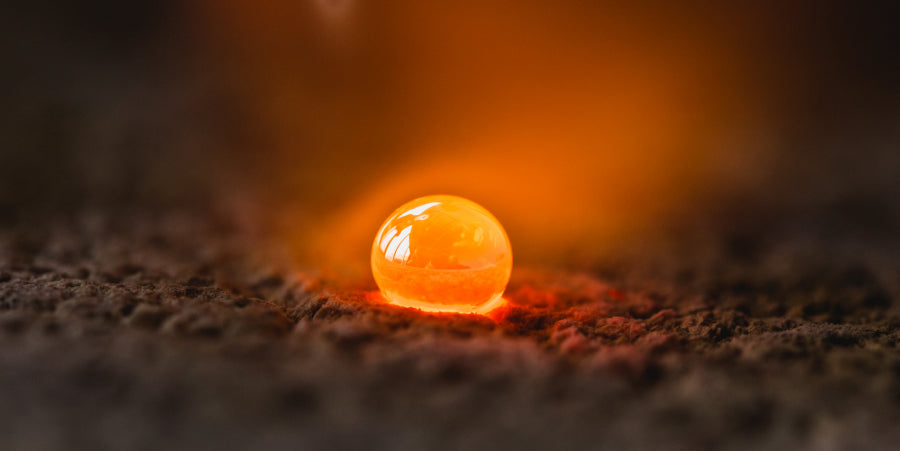What is a Tungsten Sphere?
If you're familiar with industrial materials, you've probably heard of tungsten spheres. These balls of tungsten have unique properties that make them ideal for use in a wide range of industries. But what exactly are tungsten spheres, and what makes them so special? In this article, we'll explore the science behind tungsten spheres, from the properties of tungsten itself to the production methods used to create these spherical balls. We'll also examine the various applications of tungsten spheres in different industries, and the advantages and disadvantages of using this material.
What is Tungsten?
To understand what tungsten spheres are, we first need to understand what tungsten is. Tungsten is a metallic element with the symbol W on the periodic table. It has the highest melting point of all metals, at 3,422 degrees Celsius, and is one of the densest elements, with a density of 19.3 grams per cubic centimeter. Due to these properties, tungsten is used in a wide range of applications, including electrical contacts, filaments in light bulbs, and radiation shielding. Tungsten is also a popular material in the aerospace industry, where it is used to make parts for spacecraft, satellites, and missiles.
What are Tungsten Spheres?
Tungsten spheres are spherical balls made of tungsten that have a diameter ranging from a few millimeters to several inches. These spheres are known for their high density and weight, and are used in a variety of industrial applications.
Tungsten spheres are made from pure tungsten metal, which is known for its high density and hardness. The spheres are typically created using a powder metallurgy process, where powdered tungsten is compacted into a sphere shape and then sintered at high temperatures. The resulting tungsten sphere is incredibly dense and heavy, making it ideal for a variety of industrial uses.
Applications of Tungsten Spheres
Tungsten spheres are used in a wide range of industries, including aerospace, automotive, medical, and sports. They are used as ballast in race cars, as collimators in medical imaging, as vibration dampeners in spacecraft, and as counterweights in golf clubs.
One of the most common uses of tungsten spheres is as ballast in high-performance vehicles, including race cars and airplanes. By placing tungsten spheres strategically within the vehicle, the weight can be evenly distributed to optimize handling and performance. In addition, tungsten spheres are used as vibration dampeners in spacecraft, where they help to absorb the vibrations caused by rocket engines.
Tungsten spheres are also used in the medical industry, where they are used as collimators in medical imaging equipment. Collimators are used to focus and shape the beam of radiation in X-ray and CT imaging machines, and tungsten spheres are often used due to their ability to absorb radiation.
In the sports industry, tungsten spheres are used as counterweights in golf clubs, where they help to optimize the swing weight and balance of the club. Tungsten spheres are also used in fishing weights, where their high density allows for a smaller size and better casting distance.
Advantages and Disadvantages of Tungsten Spheres
Tungsten spheres have several advantages that make them a popular choice for industrial applications. Firstly, their high density and weight make them ideal for use as ballast and counterweights, as they can be used to precisely adjust the weight and balance of a system. Tungsten spheres are also highly resistant to corrosion and wear, and can withstand extreme temperatures and pressures.
However, there are also some disadvantages to the use of tungsten. One of the disadvantages of tungsten spheres is that they can be difficult to machine due to their high density and hardness. This can increase the manufacturing costs of products that use tungsten spheres. Additionally, tungsten spheres can be brittle, which can cause them to crack or shatter if they are dropped or impacted.
Another potential disadvantage of tungsten spheres is their toxicity. Tungsten is a heavy metal and can be harmful to humans if ingested or inhaled. However, tungsten is typically only harmful if it is inhaled as a fine dust, such as during the manufacturing process. Tungsten spheres that are properly handled and stored are generally safe to use.
Despite these disadvantages, the unique properties of tungsten spheres make them a valuable material for a variety of industrial applications. Their high density and weight make them ideal for use as ballast and counterweights, and their resistance to wear and corrosion make them suitable for use in harsh environments. Additionally, the non-toxic properties of tungsten spheres make them a safer alternative to other heavy metals such as lead.
In conclusion, tungsten spheres are spherical balls made of tungsten that have a diameter ranging from a few millimeters to several inches. They are known for their high density and weight, and are used in a variety of industrial applications. Tungsten spheres are created using a powder metallurgy process, and are used as ballast in high-performance vehicles, as collimators in medical imaging equipment, and as counterweights in golf clubs.
While there are some disadvantages to using tungsten spheres, such as the difficulty of machining them and their potential toxicity, the advantages of tungsten spheres make them a valuable material for a wide range of industrial applications. Their high density, resistance to wear and corrosion, and non-toxic properties make them a safe and effective choice for many different industries. But don't let your love for tungsten be confined to just spheres! Expand your horizons with tungsten cubes, available at Mammoth Metallurgy.


